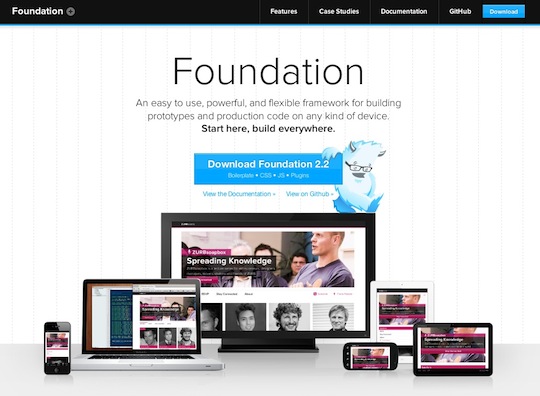Frameworks are based on precompiled CSS and common HTML that provide a structure, a framework if you will, for you to base your website on.
Frameworks are designed to get you up and running with a functional fast and easy. There are lots of questions around whether you should use a framework in your project, and if so what is the best framework for your particular project.
First of all lets take a closer look exactly what a responsive framework is. The definition of the term “framework” is…
- A structure for supporting or enclosing something else, especially a skeletal support used as the basis for something being constructed.
- An external work platform; a scaffold.
- A fundamental structure, as for a written work.
- A set of assumptions, concepts, values, and practices that constitutes a way of viewing reality.
… and responsive frameworks are no different when it comes to websites. They provide structure and tools that have been predefined to get you focussed on the layout and content of the site rather than the CSS and HTML (although these are very important also)
The frameworks we have featured here have their place depending on the project you are working on. If you’re only looking for a quick responsive layout then you should try out Gridless, SimpleGrid, or the Gold Grid System. On the other hand if you’re looking for a prototyping solutions with buttons, modals, and sliders then you would look at something like Foundation, Less Framework, or Twitter Bootstrap.
While Frameworks can give you a huge step up in getting started with your site, after all we used Zurb’s Foundation to get the Alpha version of this site running, you should take some time to ask yourself should I use a responsive framework for my site.


